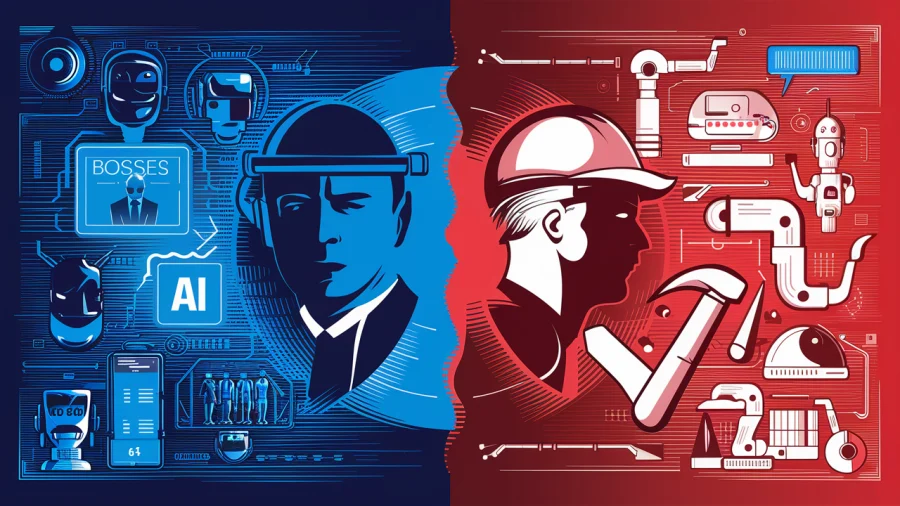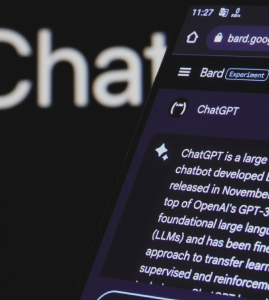In the third and final part of my series of ZDNet columns about Yellowikis as a Web 2.0 case study, I look at some of the design principles that can be applied by other Web 2.0 companies and services.
Following is a summary of principles that Yellowikis demonstrated. Be sure to check out the whole series for full details: Part 1 – Introduction; Part 2 – Industry Disruption and The Competition; Part 3 – Demonstrating Web 2.0 Principles.
Principles of Web 2.0 applied by Yellowikis
- Web-based (of course) and uses wiki technology; the same MediaWiki software that powers Wikipedia.
- Any user can both read and write content – adding business listings and
editing them. To put it in ‘Web 2.0 wanker’ terms, it harnesses collective
intelligence. - Requires a significant amount of ‘trust’ in the users.
- Can be deployed via the Web in countries all over the world (see Emily
Chang’s interview with Paul Youlten for more details on this aspect). - Developed and is maintained by a small team (just Paul and his 14-year old
daughter – both working part-time). - Has fast, lightweight and inexpensive development cycles.
- Uses Open Source LAMP technologies (Linux, Apache, MySQL and PHP) –
meaning it is very cheap to run. - The content has no copyright and is freely licensed under the GNU Free Documentation License
1.2. - Can and will hook into other Web systems, e.g. Google Maps. Indeed if it
introduces its own APIs, then it will be able to be remixed by other
developers. - Relies on word-of-mouth and other ‘viral’ marketing.
- Requires network effects to kick in order to be successful (at least at
the scale of disrupting the Yellow Pages industry). - Yellowikis will get better the more people use it. The Wikipedia is an
excellent example of this.
I intend to do more of these Web 2.0 Case Studies, it’s been enjoyable and I’ve learnt a lot!

















